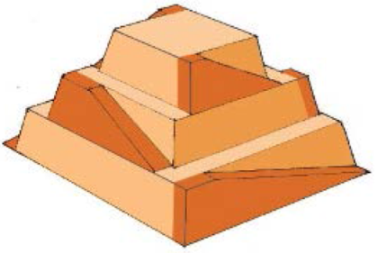Search results
The power imparted into a fluid increases the energy of the fluid per unit volume. Thus the power relationship is between the conversion of the mechanical ... more
In celestial mechanics, the Lagrangian points (also Lagrange points, L-points, or libration points) are positions in an orbital configuration of two large ... more
In celestial mechanics, the Lagrangian points (also Lagrange points, L-points, or libration points) are positions in an orbital configuration of two large ... more
Darcy’s law states that the volume of flow of the pore fluid through a porous medium per unit time is proportional to the rate of change of excess ... more
A trajectory or flight path is the path that a moving object follows through space as a function of time. A trajectory can be described mathematically ... more
In thermodynamics, an isentropic process is an idealized thermodynamic process that is adiabatic and in which the work transfers of the system are ... more
In thermodynamicsIn thermodynamics, the reduced properties of a fluid are a set of state variables normalized by the fluid’s state properties at its ... more
Terminal velocity is simply the fastest speed that a falling object can reach in a certain circumstance. Different objects have different terminal ... more
a) Calculate the gravitational potential energy stored in the pyramid, given its center of mass is at one-fourth its height.
b) Only a fraction of the workers lifted blocks; most were involved in support services such as building ramps, bringing food and water, and hauling blocks to the site. Calculate the efficiency of the workers who did the lifting, assuming there were 1000 of them and they consumed food energy at the rate of 300 Kcal/hour.
first we calculate the number of hours worked per year.
then we calculate the number of hours worked in the 20 years.
Then we calculate the energy consumed in 20 years knowing the energy consumed per hour and the total hours worked in 20 years.
The efficiency is the resulting potential energy divided by the consumed energy.
...can't find what you're looking for?
Create a new formula
The awe‐inspiring Great Pyramid of Cheops was built more than 4500 years ago. Its square base, originally 230 m on a side, covered 13.1 acres, and it was 146 m high (H), with a mass of about 7×10^9 kg. (The pyramid’s dimensions are slightly different today due to quarrying and some sagging). Historians estimate that 20,000 workers spent 20 years to construct it, working 12-hour days, 330 days per year.
